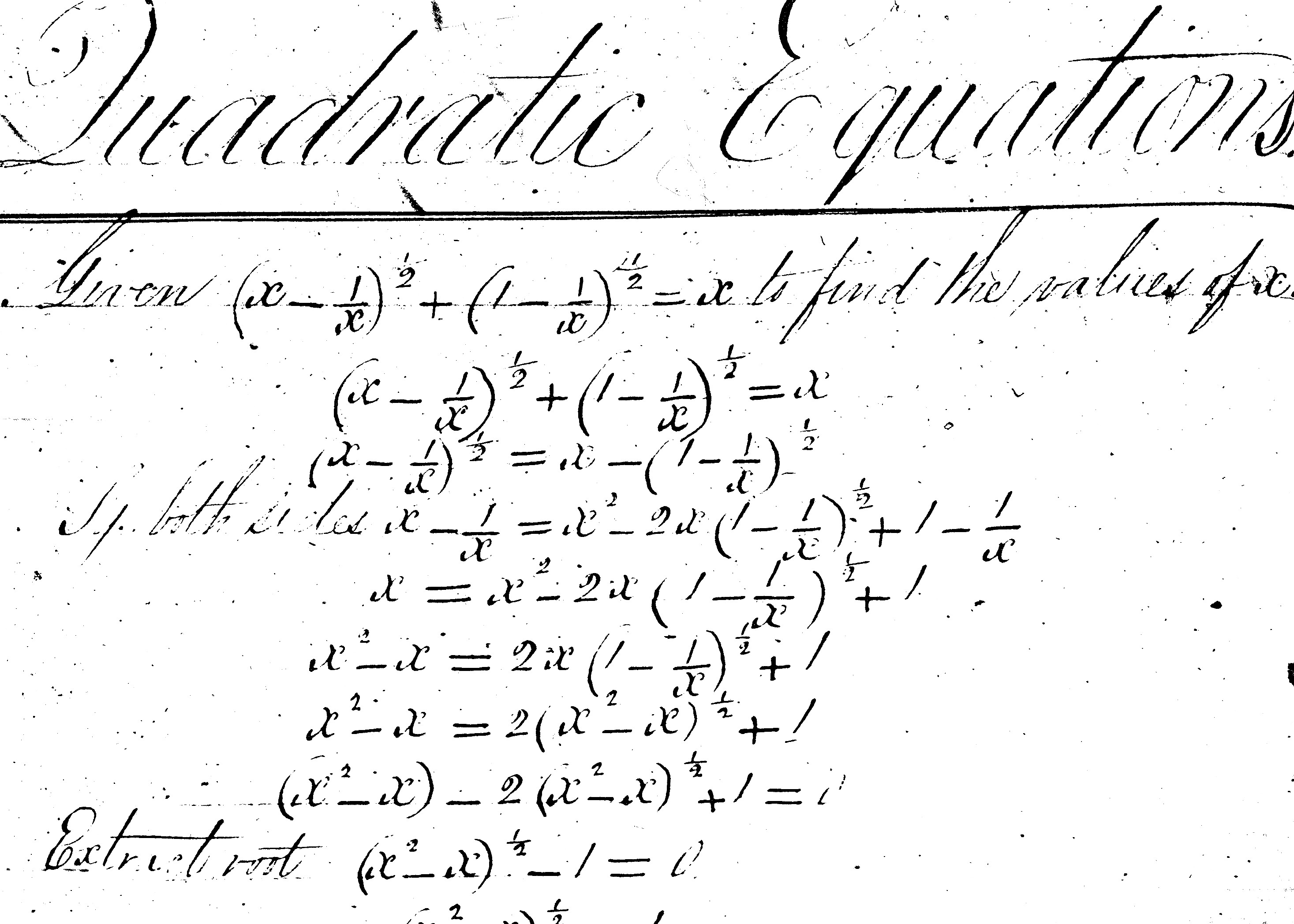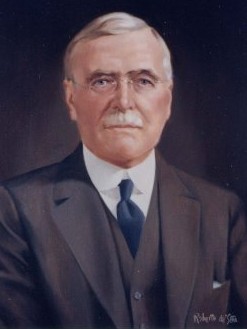Fri 31 Mar 2006
School Days
Posted by Jim under Commentary, History, John Miller/Thistle Ha', LoreComments Off on School Days
Image from Miller Family Fonds microfilm collection, copyright 1972, Archives of Ontario. Used with permission.

The above image is from an 1835 Scottish school exercise book belonging to John Miller. This was his final year in school, which he completed at age 17.
John Miller was educated in the best school system in the world at that time. About 1700, Scotland organized the first national education system since ancient times, which resulted in the highest literacy rate in the English-speaking world, and was a factor in the extraordinary contributions made by Scottish intellectuals to the world in the 18th century (the Scottish Enlightenment).
The exercise book shows that he studied subjects including history, literature, mathematics, religion, and classics (Latin). It is said that mathematics was his best subject, and when he emigrated to Canada, he planned to be a surveyor.
The quality of penmanship is the same throughout the entire exercise book. In that era, unless you owned a printing press, all documents were handwritten. Clearly poor handwriting, particularly for commercial documents, was intolerable.
 At age 20, Robert became the eldest of John Miller’s sons living at Thistle Ha’. Over the next two decades, he became the leader of the John Miller & Sons livestock business, firmly establishing the reputation of Thistle Ha’ as a great centre of purebred livestock activity. Starting in 1881 on behalf of Thistle Ha’ and later for his Burn Brae farm at Ringwood, Ontario (Stouffville), Robert Miller made over two dozen trips to Britain and north-western Europe, importing livestock for improvement of breeding herds in Canada. During his travels, he developed an extensive sales network, and gained markets for Ontario breeders in the United States and Mexico. By visiting all the top livestock farms, he saw world breeding trends, and developed an ability of nearly always selecting the best livestock for his customers. Because of this reputation, he was widely sought after as a judge at livestock shows.
At age 20, Robert became the eldest of John Miller’s sons living at Thistle Ha’. Over the next two decades, he became the leader of the John Miller & Sons livestock business, firmly establishing the reputation of Thistle Ha’ as a great centre of purebred livestock activity. Starting in 1881 on behalf of Thistle Ha’ and later for his Burn Brae farm at Ringwood, Ontario (Stouffville), Robert Miller made over two dozen trips to Britain and north-western Europe, importing livestock for improvement of breeding herds in Canada. During his travels, he developed an extensive sales network, and gained markets for Ontario breeders in the United States and Mexico. By visiting all the top livestock farms, he saw world breeding trends, and developed an ability of nearly always selecting the best livestock for his customers. Because of this reputation, he was widely sought after as a judge at livestock shows.